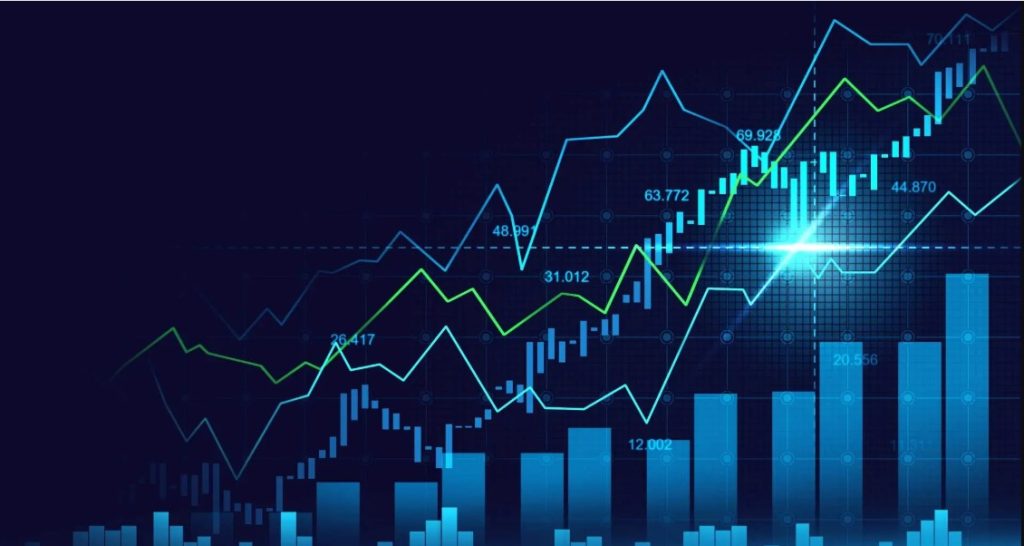
In today’s data-driven world of forex trading and financial markets, proprietary (prop) firms rely heavily on technology to stay ahead. One of their most essential tools is the trading dashboard—a powerful interface that provides real-time insights, risk metrics, trader activity, and profit/loss summaries.
What Is a Trading Dashboard?
A trading dashboard is a centralized digital interface that presents all the key trading metrics in one place. These dashboards allow managers and traders to:
- Track real-time trades and market positions
- Monitor P&L (Profit and Loss)
- Review margin usage and exposure
- Evaluate risk-to-reward ratios
- Analyze trader behavior patterns
These dashboards often integrate with forex CRM systems, MT4 grey label, MT5 grey label, and broker back offices to provide complete visibility.
Why Proprietary Firms Need Dashboards
Proprietary trading firms manage large volumes of capital and employ multiple traders, often in different locations. The stakes are high. Without a system to track every move, firms risk:
- Unchecked losses
- Overexposure to volatile markets
- Failure to enforce risk management policies
- Poor trader accountability
That’s where dashboards come in—they act as a real-time command center for the entire operation.
Key Features of a Trading Dashboard Used by Prop Firms
Here are the primary features prop firms look for in a dashboard:
1. Real-Time Trade Monitoring
Dashboards track live orders, executions, and open positions across all accounts. This is especially useful for firms using MT5 white label or MT4 white label platforms, as they can visualize which assets are being traded the most.
2. P&L and Risk Metrics
Every trade affects the firm’s capital. Dashboards calculate and display net profit/loss by:
- Trader
- Strategy
- Timeframe
- Instrument
These metrics are key in assessing who’s contributing value—and who isn’t.
3. Trader Scorecards
Top-performing firms use scorecards that rank traders based on consistency, risk discipline, and drawdowns. These KPIs help with evaluations, bonuses, and talent retention.
4. Alerts and Notifications
Dashboards often include custom alerts that notify managers if:
- A trader breaches max drawdown
- An account hits a margin call
- A high-risk asset is being overexposed
This minimizes the chances of catastrophic trading errors.
5. Integration with CRM and Platforms
Advanced dashboards connect with forex CRM tools, allowing seamless access to:
- KYC records
- Account status
- Trading history
- Communication logs
Such integrations streamline both client and internal management processes.
MT4/MT5 Compatibility: The Industry Standard
Most prop firms operate on MT4 white label or MT5 white label solutions. These platforms support API integration, allowing data to be pulled into custom dashboards in real-time.
For example:
- A firm using an MT4 grey label may build a basic internal dashboard.
- A more advanced firm on MT5 grey label might use AI-based dashboards to predict trader performance.
Both use cases show that your trading platform plays a big role in how your dashboard functions.
How Dashboards Improve Firm-Wide Performance
- Better Risk Management: When you can see which traders are breaching rules in real time, you can intervene before it’s too late. Risk managers get instant alerts to limit further losses.
- Enhanced Decision Making: With access to live and historical data, firms can make more informed decisions—whether it’s scaling a winning strategy or replacing underperformers.
- Transparency & Accountability: Traders are more likely to follow risk guidelines when they know they’re being monitored in real time.
- Boosting Profitability: Dashboards help identify which trading strategies are producing consistent results and which are not. Firms can then allocate more capital to high-performing methods.
Dashboards for Remote and Hybrid Prop Firms
With many firms operating remotely post-COVID, dashboards have become even more essential. Management can:
- Track offshore traders in real time
- Run performance reports weekly or daily
- Hold virtual performance reviews backed by data
This ensures that prop trading remains efficient, even without a physical trading floor.
Should Startups Invest in Dashboards?
Yes—especially if you plan to grow your forex broker business or scale your prop firm. Even if you start with mt4 grey label or mt5 grey label, integrating a basic dashboard will help you:
- Understand trader behavior early
- Detect poor strategy patterns
- Build trust with investors and partners
As you scale, these systems can be expanded to offer deeper insights and reporting.
What to Look for in a Good Trading Dashboard
When choosing a dashboard or hiring developers to build one, make sure it offers:
- Real-time syncing with MT4/MT5
- Clear visualization (charts, tables, KPIs)
- User-based permissions (admin vs trader)
- Data export & reporting tools
- Forex CRM integration
- Security features (SSL, 2FA)
If you’re not ready to build one from scratch, many CRM and fintech vendors now offer white-labeled dashboard solutions tailored for brokers.
Conclusion
Whether you’re a well-established forex broker or launching a small forex trading startup with mt5 white label or mt4 white label platforms, dashboards are no longer optional—they’re essential. They offer critical performance visibility, improve accountability, and drive profits through better decision-making.
If you’re not using one yet, now is the time to invest in a trading dashboard that grows with your firm. It could be the difference between a profitable year and an avoidable disaster.

